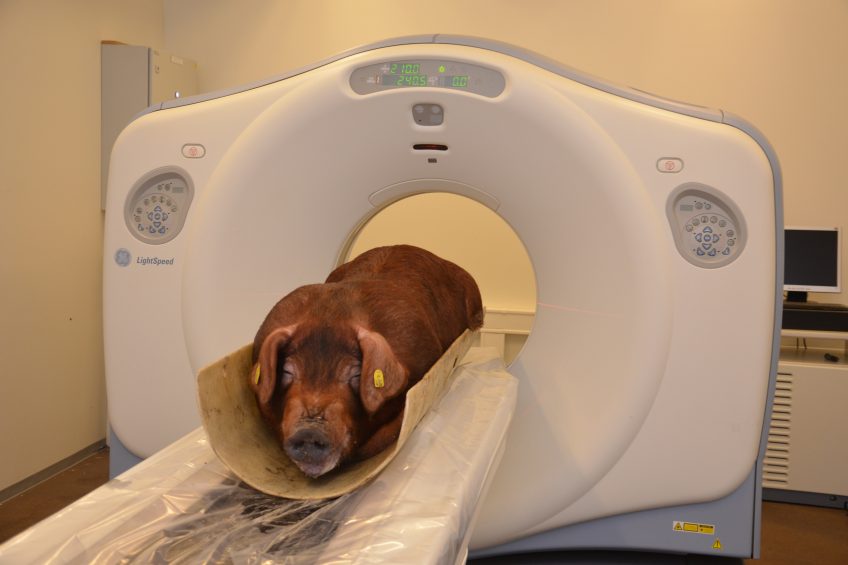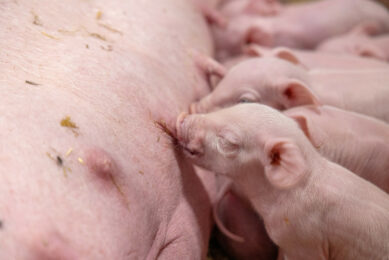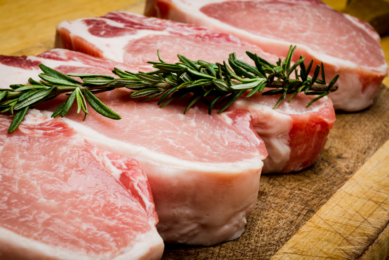Novel technologies speed up pig breeding

Novel technologies in pig breeding yield many new data. Combining these data efficiently and smartly can yield loads of new insights. For that, however, a lot of money is required and may force pig breeding organisations to cooperate.
Developments in pig breeding are proceeding at a fast pace, says Hans Olijslagers, technical director at pig breeding organisation Topigs Norsvin.
Speaking at a press meeting, he said: “Novel techniques like genomic selection, CT-scans and use of video imaging and 3D camera footage are yielding loads of data. By combining these smartly, genetic progress is speeding up much more rapidly than in the past.”
R&D costs have augmented drastically
That is why costs for R&D have augmented drastically. On an annual basis, Topigs Norsvin alone is investing €19 million in R&D – and counting. Mr Olijslagers said, “These increases mean that breeding organisations will have to merge or at least step up their cooperation.”
Key elements for the company’s future breeding policy will be reproduction and feed efficiency.
At his entrance with the company, Mr Olijslagers shared his ambition to double genetic progress at customer level. Future research will focus on reproduction; robustness and animal welfare; feed and feed efficiency; and meat and carcass quality. The company is being supported in this respect by a think tank on pig feed and meat quality.
Optimally using variation in genetic difference
Topigs Norsvin hopes to achieve its ambitions by optimally using the variation in genetic difference, as well as increasing the reliability of breeding values by using genomics. Mr Olijslagers said, “Genetic similarities between cousins can be larger than those between brothers and sisters. By including those factors, the reliability of breeding values increases from 37 to 50%.”
A third tool to enhance progress is decreasing the genetic interval. Mr Olijslagers said, “In the past it was simply unheard of to use gilts in the basic breeding process. Now, however, we do do that, because this increases the reliability of breeding values.”
That is mostly visible in traits with a low hereditability and properties that become visible only later in life, like fertility.











